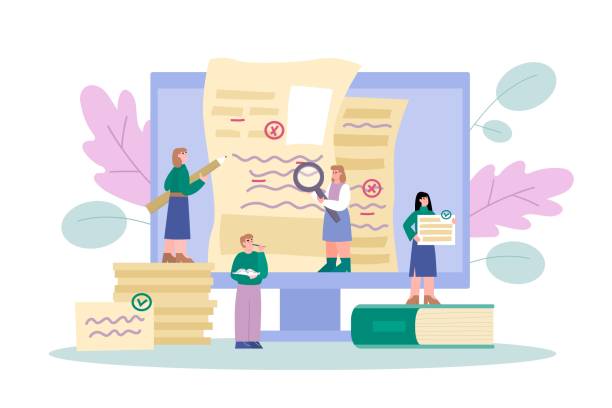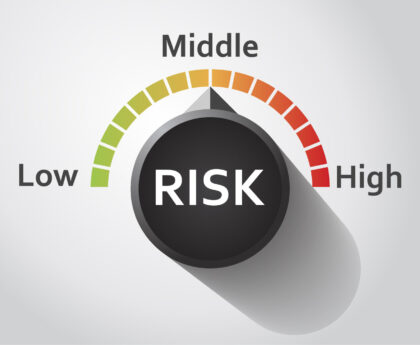In today’s digital age, where information is easily accessible and shared across various platforms, ensuring the originality and authenticity of content has become more crucial than ever. Plagiarism, the act of using someone else’s work, ideas, or intellectual property without proper attribution, is a concern that affects not only academic and creative spheres but also professional and online environments. To combat this issue, plagiarism checkers have emerged as valuable tools. However, a common question arises: Do plagiarism checker work for all types of files? In this article, we will explore the effectiveness of plagiarism checkers across different file formats and shed light on their capabilities, limitations, and best practices.
Table of Contents
- Introduction
- Understanding Plagiarism Checkers
- Text-Based Content
- 3.1 Direct Text Comparison
- 3.2 Paraphrasing Detection
- Image and Graphic Files
- 4.1 Visual Plagiarism Detection
- 4.2 Embedded Text Detection
- Audio and Video Files
- 5.1 Transcription Comparison
- 5.2 Audio-Visual Analysis
- Code and Programming Files
- 6.1 Code Similarity Detection
- 6.2 Code Repository Comparison
- Limitations of Plagiarism Checkers
- 7.1 Unindexed Sources
- 7.2 Complex Paraphrasing
- Best Practices for Accurate Results
- 8.1 Customization and Settings
- 8.2 Manual Review
- Conclusion
- FAQs
- 10.1 Are there free plagiarism checkers available?
- 10.2 Can plagiarism checkers detect translated plagiarism?
- 10.3 Is citing enough to avoid plagiarism?
- 10.4 Do plagiarism checkers work offline?
- 10.5 How often should I use a plagiarism checker?
Introduction
plagiarism checker are software tools designed to scan and compare content against a vast database of sources to identify similarities and potential instances of plagiarism. While they are predominantly used for textual content, their capabilities extend to various file types, including text-based documents, images, audio, video, and even programming code.
Understanding Plagiarism Checkers
Plagiarism checkers function by employing complex algorithms to analyze the submitted content and cross-reference it with existing texts from books, articles, websites, and other sources. They aim to flag passages that appear elsewhere, thus providing users with insights into the originality of their content.
Text-Based Content
3.1 Direct Text Comparison
Plagiarism checkers excel in comparing text-based documents. They highlight matching phrases and sentences, offering a percentage of similarity between the submitted text and existing sources.
3.2 Paraphrasing Detection
Modern plagiarism checkers go beyond verbatim matches. They can identify paraphrased content by assessing sentence structures, synonyms, and contextual changes, providing a comprehensive analysis.
Image and Graphic Files
4.1 Visual Plagiarism Detection
For images and graphics, advanced plagiarism checkers employ algorithms to identify visual similarities. This is particularly useful in fields where graphical content holds significance, such as design and art.
4.2 Embedded Text Detection
Plagiarism checkers can also detect plagiarism within images by using Optical Character Recognition (OCR) technology to extract embedded text and compare it with existing sources.
Audio and Video Files
5.1 Transcription Comparison
In the realm of audio and video, plagiarism checkers can convert spoken content into text through transcription and then proceed to compare it with written sources.
5.2 Audio-Visual Analysis
Advanced tools even perform audio-visual analysis to identify similarities in video presentations, lectures, and multimedia content.
Code and Programming Files
6.1 Code Similarity Detection
Plagiarism checkers cater to the programming community by identifying similarities in code snippets, ensuring the integrity of software development.
6.2 Code Repository Comparison
They can also compare code against repositories, making them invaluable tools for detecting code-level plagiarism.
Limitations of Plagiarism Checkers
7.1 Unindexed Sources
Plagiarism checkers rely on indexed sources. If content is not present in their database, originality might not be accurately determined.
7.2 Complex Paraphrasing
Sophisticated paraphrasing techniques might elude detection, posing a challenge for even the most advanced plagiarism checkers.
Best Practices for Accurate Results
8.1 Customization and Settings
Users should explore customization options and settings to fine-tune plagiarism checker parameters based on the type of content and their requirements.
8.2 Manual Review
While plagiarism checkers automate the process, a manual review is essential, especially for intricate cases, to ensure accurate results.
Conclusion
Plagiarism checkers are powerful tools that play a pivotal role in maintaining content originality across various file formats. While they offer extensive coverage, their accuracy depends on the complexity of the content and the tool’s capabilities. By understanding their strengths and limitations, users can harness the potential of plagiarism checkers to enhance the quality and authenticity of their work.
FAQs
10.1 Are there free plagiarism checkers available?
Yes, there are several free plagiarism checkers available online, though their features and accuracy may vary.
10.2 Can plagiarism checkers detect translated plagiarism?
Yes, many plagiarism checkers can detect similarities even in translated content, though results may differ based on the languages involved.
10.3 Is citing enough to avoid plagiarism?
Citing sources is crucial, but simply citing does not make content entirely plagiarism-free. Proper paraphrasing and original analysis are essential.
10.4 Do plagiarism checkers work offline?
Most plagiarism checkers require an internet connection to compare content against their databases, so they generally do not work offline.
10.5 How often should I use a plagiarism checker?
It’s recommended to use a plagiarism checker whenever you create new content or when you want to ensure the originality of your work, whether it’s written, visual, audio, or code-related.
Read more: Click here

